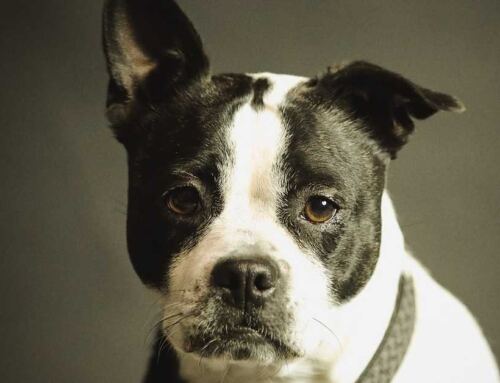Professional trainers with an education in behavior and learning make life better for dogs and owners. We understand the connections that are made when both dogs and owners are happy. Because owners who are happy with their dogs are more likely to keep them. And dogs who are happy with their owners pay more attention to them, which makes owners happy. These dog trainers use the make it better training method.
How We Do It
Trainers help dogs behave better. And we help owners teach better. To do this, ways to make rewards and positive reinforcement better are continuously being explored. Professional trainers who understand that behaviors and feelings are always blended don’t rely strictly on corrections and punishment to stop unwanted behavior. If we have to resort to doing something to stop a behavior, e.g., shout to interrupt a squabble between dogs, or pull on the leash of a dog about to get into trouble, we immediately find a way to make our dogs feel better. This could be done with happy talk, food, an invitation to play or the chance to do a trick for a treat.
What We Don’t Do
Trainers who understand behavior and learning don’t fall into the trap of thinking that every reward reinforces the behavior that preceded it. We appreciate that it might, but when dogs are aggressive, reactive or upset, it’s usually not to get a treat or get us to throw a ball. Dogs who pull and lunge at people, other dogs, bicyclists, when they are on leash, are not doing it to get food for praise. Dogs who bark and snap at guests coming into the house, are not doing it to get food or start a game of tug. The function of the behavior is not to earn a reward provided by us.
The Better Way
We provide treats, praise or fun to help the dog feel better about situations or things that bother them. We provide a treat to reward the dog for looking at us, coming to us, turning in our direction. Trainers who understand behavior and learning even use food to address behaviors like resource guarding, that may be due in part because of food. Trainers who understand behavior and learning teach and practice first under conditions that are going to make it easier for the dog to do better. Dogs are not expected to learn to swim while drowning. And we certainly don’t set them up to drown.
Think about how you can make it better for your dog. Better treats, better communication, better training.





